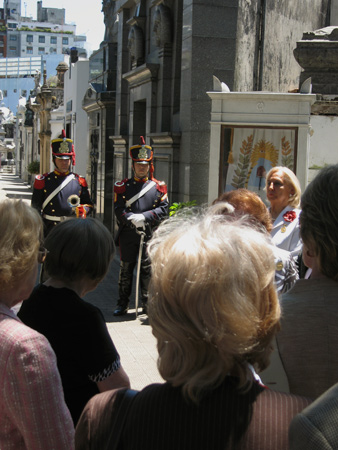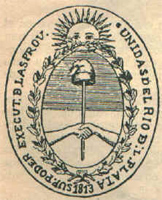
A quick glance at the sidebar reveals a new page added: Monumento Histórico Nacional. A work in progress, all tombs listed as part of national heritage will be documented here. Surprisingly enough, there are only 90 on the list.
Leave a Comment
A quick glance at the sidebar reveals a new page added: Monumento Histórico Nacional. A work in progress, all tombs listed as part of national heritage will be documented here. Surprisingly enough, there are only 90 on the list.
Leave a Comment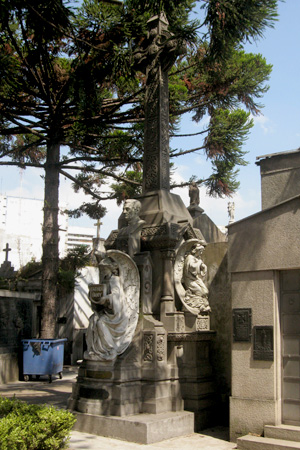
Born in 1805 in Galway County, Ireland, Anthony Fahy was ordained in Rome in 1831. During his first mission abroad to the US, health issues forced Fahy to return to Ireland. In 1844, the Archbishop of Dublin appointed Fahy to the Chaplaincy of the Irish in Argentina & arrived in Buenos Aires on his 39th birthday.
Providing more than just spiritual support to Irish immigrants in Argentina, Father Fahy traveled the nation, getting to know his fellow countrymen who worked in the Pampas & managed to find many an Irish bride. His matchmaking skills had no limits… people claim that Fahy brought over Irish girls from his hometown when their weren’t enough in Buenos Aires.
Even though his time in the US had been brief, Father Fahy immediately fell in love with Argentina. Just read this letter to All Hallows College in Dublin:
Would to God that Irish emigrants would come to this country, instead of going to the United States. Here they would feel at home, they would have plenty employment and experience a sympathy from the natives very different from what now drives too many of them from the States back to Ireland. There is not a finer country in the world for a poor man to come to, especially with a family. Vast plains lying idle for want of hands to cultivate them and where the government offers every protection and encouragement to the foreigner.
Fahy also set up a hospital run by the Sisters of Mercy to help immigrants recover from the long, stressful voyage from Ireland. The hospital eventually transformed into one of the most respected private high schools in Buenos Aires, the Colegio de Santa Brígida. Restored in 2007, this Tudor castle sits next to Plaza Irlanda in the neighborhood of Caballito:
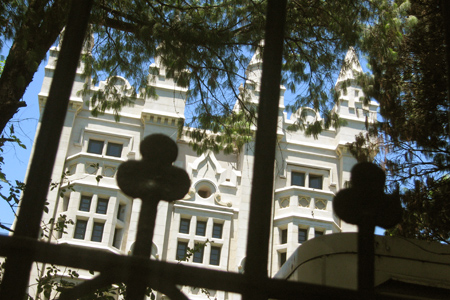
One of the many unfortunate victims of a yellow fever epidemic in 1871, Father Fahy was buried inside the Iglesia de Pilar & given a plaque on the church wall shared with Recoleta Cemetery:
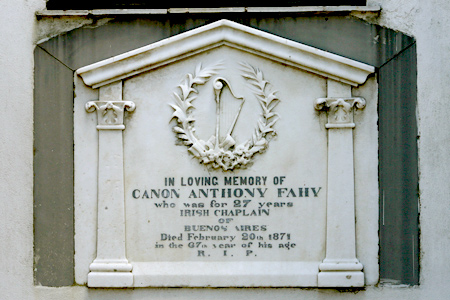
But more recognizable is the cenotaph in the center of the cemetery dedicated to the most famous Irish Catholic in Argentina:
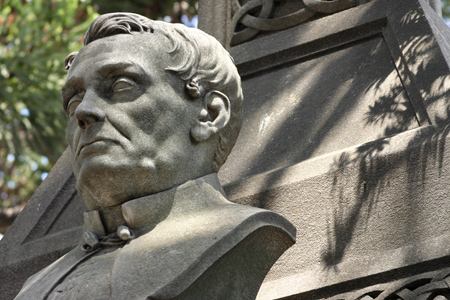
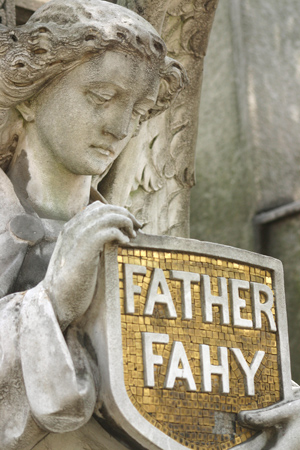
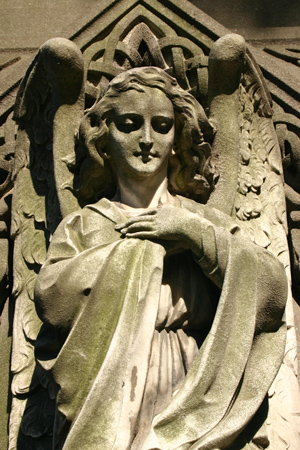
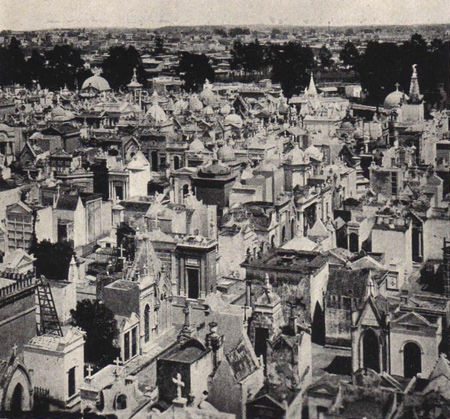
Avid world traveler Frank G. Carpenter gets credit for this photo of Recoleta Cemetery. Included in the 1923 book The Tail of the Hemisphere: Chile & Argentina, Marc of Asado Argentina kindly scanned this for me along with many other wonderful photos of Buenos Aires in the 1920s. Thanks!
The accompanying text reads:
In the Recoleta Cemetery, the dead sleep in little marble palaces. It is divided into paved streets with the homes of the departed, a house and a lot for each rich family and humbler, more congested quarters for the poor.
A stunning photo for the lack of edification around the cemetery—dozens of tall buildings surround it today—much has changed inside the cemetery since then as well. After staring at this photo for 20 minutes, I found two landmarks which finally allowed me to pinpoint the location from where it was taken… the bell tower of the Iglesia de Pilar.
8 CommentsWhile not a large percentage of the immigrant population, a fair number of people arrived to Argentina from Poland. The Unión de los Polacos has a large, modern mausoleum along the back wall of the cemetery:
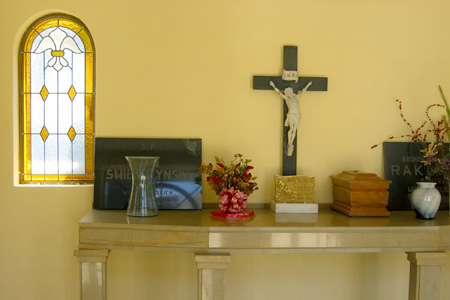
The most illustrious I’ve found are the Count & Countess Zoltowski. He served as the Polish ambassador until his death in 1973:
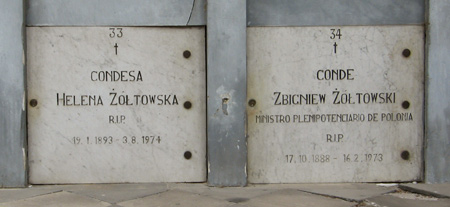
But not all Polish immigrants were so lucky. Many Polish women in the early 1900s were brought to Argentina under the pretext of marriage to a wealthy, local businessman. Unfortunately when they disembarked, they were forced to work in prostitution. It was as dangerous then as it is now & over 1,000 of those women were buried in Avellaneda in a place called the Cemetery of Lost Souls (Cementerio de las Almas Perdidas).
9 CommentsWith so many important people buried in one place, almost every day can be a special one. There’s no way to keep track of what might be happening in Recoleta Cemetery… the city or national government needs to start an official blog to announce burials & special commemorative events that take place. Like today.
I was wandering around taking photos for this blog when I heard a few trumpets play a funeral march. I went—along with hordes of tourists—in the direction of the music to see what was going on.
A small group of mostly women had gathered near the center of the cemetery along with a few Granaderos… an army regiment formed by San Martín during the independence wars. They now exist as mainly an honor guard & still sport the original uniforms. As I got closer, one woman was reading a biography which eloquently praised Remedios de Escalada, wife of San Martín. She’s buried by the only Granadero standing in the shade:
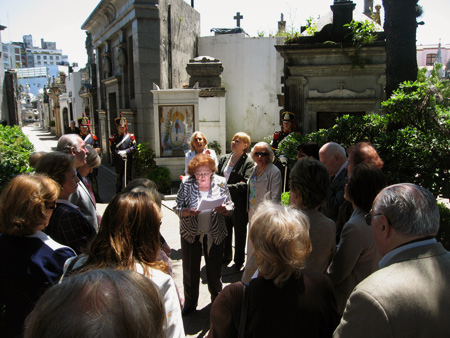
The whole process took 15 minutes but the women had gathered to pay tribute to the wife of Argentina’s founding father on her birthday. She was born on November 20, 1797. I hope someone remembers my birthday 200 years from now!
